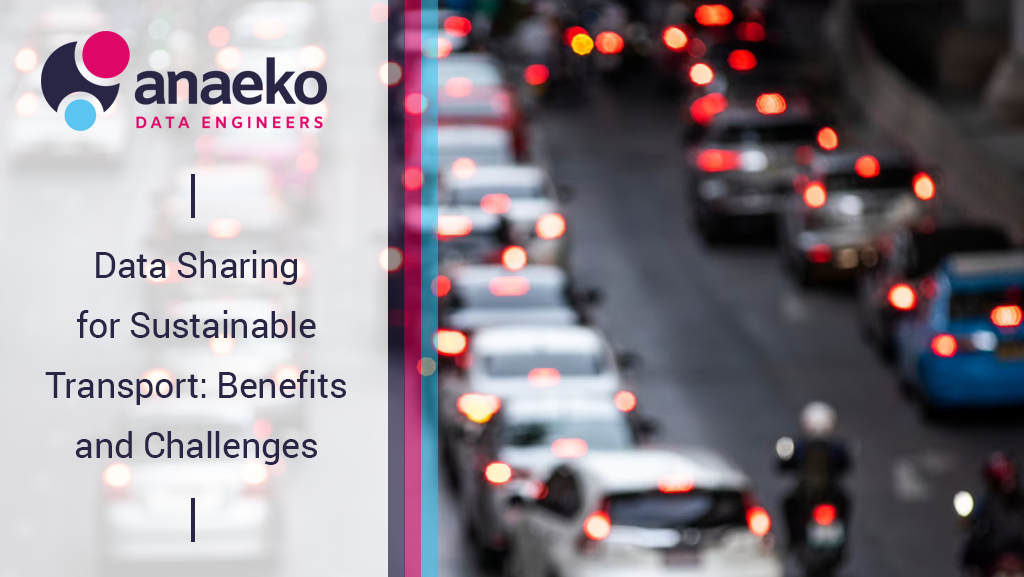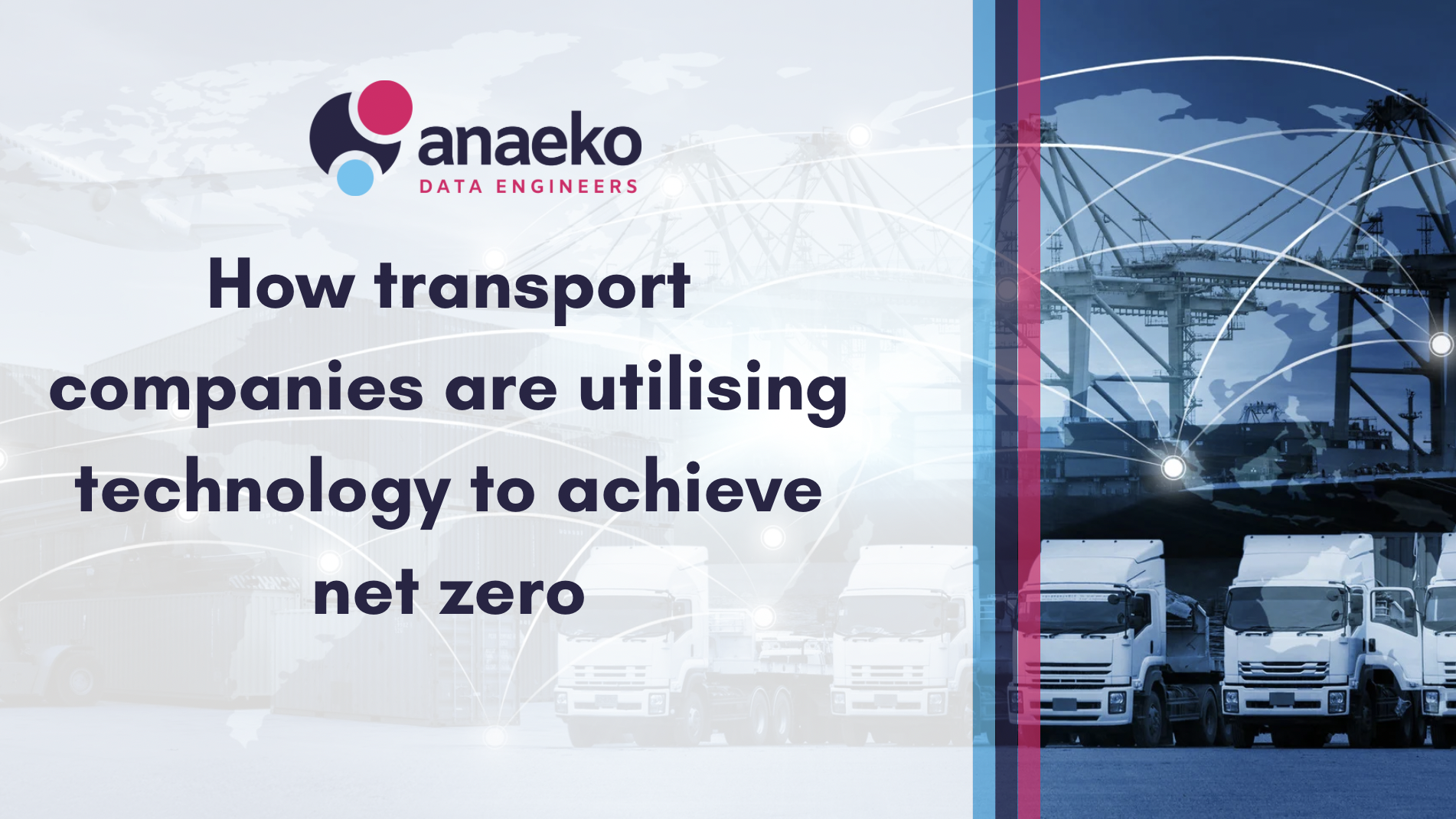
The adoption of digital solutions, scaled across multiple industries, will reduce carbon emissions and build towards global government pledges to bring global energy-related carbon dioxide emissions to net zero by 2050. Analysis by Accenture, in collaboration with the World Economic Forum, shows that digital technologies could deliver up to 20% of the 2050 reduction needed.
Big Data has many opportunities and will be the foundation behind any new technology to enable reporting, measurement, analytics, and operation. Big data doesn't just allow industries to track success but is crucial to the function and use of digital technology.
The UK Government Property Agency (GPA) is aiming to go beyond just reducing carbon emissions. It’s also minimising consumption of energy, water and waste, improving resilience to climate change (temperature change, flood risk etc.) and reducing carbon embodied in construction. The GPA is taking great strides to achieving a carbon neutral society and is one part of the UK Governments Net Zero Programme.
An example that has been implemented, with the use of big data and data analytics, is the introduction of a Building Management System: "An obsolete Building Management System (BMS) was replaced in Nottingham with a modern system that is allowing more efficient building control strategies. This is creating a more comfortable environment for building users, as well as offering greater insights into how the building can be better managed to maximise efficiencies."
Through big data collection, analysis, and visualisations a clear picture can be seen on where and how to best use building energy.
Individual building management is one part of larger city goals and with increased digitalisation there are massive opportunities that governments can take to increase connectivity, improve services, and lower emissions by building Smart Cities to make full use of efficient and smart energy systems.
Smart Cities
“Smart City” is a term used to describe an urban area that utilise technology to both improve existing services, and to solve new and emerging issues that Urban Living and Urban Growth. The world is an increasingly urbanised place. The United Nations state that "68% of the world population projected to live in urban areas by 2050". Managing this growth, and the required extension of services and resources to accommodate it, is a huge challenge for local and national governments across the world. This involves many practices in an effort to reduce carbon emissions. From smart streetlamps, self-cooling buildings to autonomous vehicles and smart electric car chargers, investing in city level action can provide the biggest carbon-mitigation return on investment and accelerate inclusive clean energy transitions.
Next-generation energy systems can leverage the data from connected buildings, appliances and transportation systems to reduce energy consumption, improve grid stability and better manage city services.
For example, giving priority to buses approaching junctions by phasing lights to give traffic flowing with buses a 'green wave' through the city in an effort to reduce the number of cars in the city by providing a faster option in public transport. This helps to reduce everyday congestion, by smoothing traffic flows and prioritising traffic, in response to demand, in real-time and reduces pollution as traffic lights are programmed to minimise stop-start driving.
Big data will be behind all these systems and this highly connected infrastructure is a perfect enabler for autonomous driving. Enhanced analytics, deep learning and machine learning of raw data from autonomous driving will be key to improving performance of autonomous vehicles. With a focus on safety and reliability autonomous vehicle manufacturers need to effectively process huge amounts of data, cutting out the noise, to harness intelligent real-time insights to better understand an equip their vehicles.
Taking steps towards building a smart connected city, with a huge amount of data, designed to optimise resources we would live in a city with a smarter energy infrastructure. The concept of a smart city is a collaborated effort from both government and businesses, with businesses to build the services and the government to implement and enforce.
Businesses and government must ensure their data is shared, autonomous, connected and enables transparency that supports a range of outcomes, from identifying and tracing source materials to optimising routes and enhancing efficiency. They must invest in new data architectures and integrate recognised frameworks into their internal structures. This ensures that data is available, standardised, and shareable and working with partners outside their traditional operating environment.
At Anaeko, we're working to help create a better society through smarter data engineering.
Anaeko CTO Colm Hayden will be acting as a panel speaker at this years Public Sector Innovation Conference at the RSA in London. The panel will discuss the challenge of innovating government services locally and how local companies can support innovation in this public sector space! Join us, Tuesday 14th March 2023, Sign up today:
Read our latest use case:
Anaeko Environmental Data Engineering: Anaeko Data Insights helps NI Water address the climate emergency.
Topics: Public Sector, Government, Machine learning, Big Data, Carbon footprint, Smart cities, net zero



